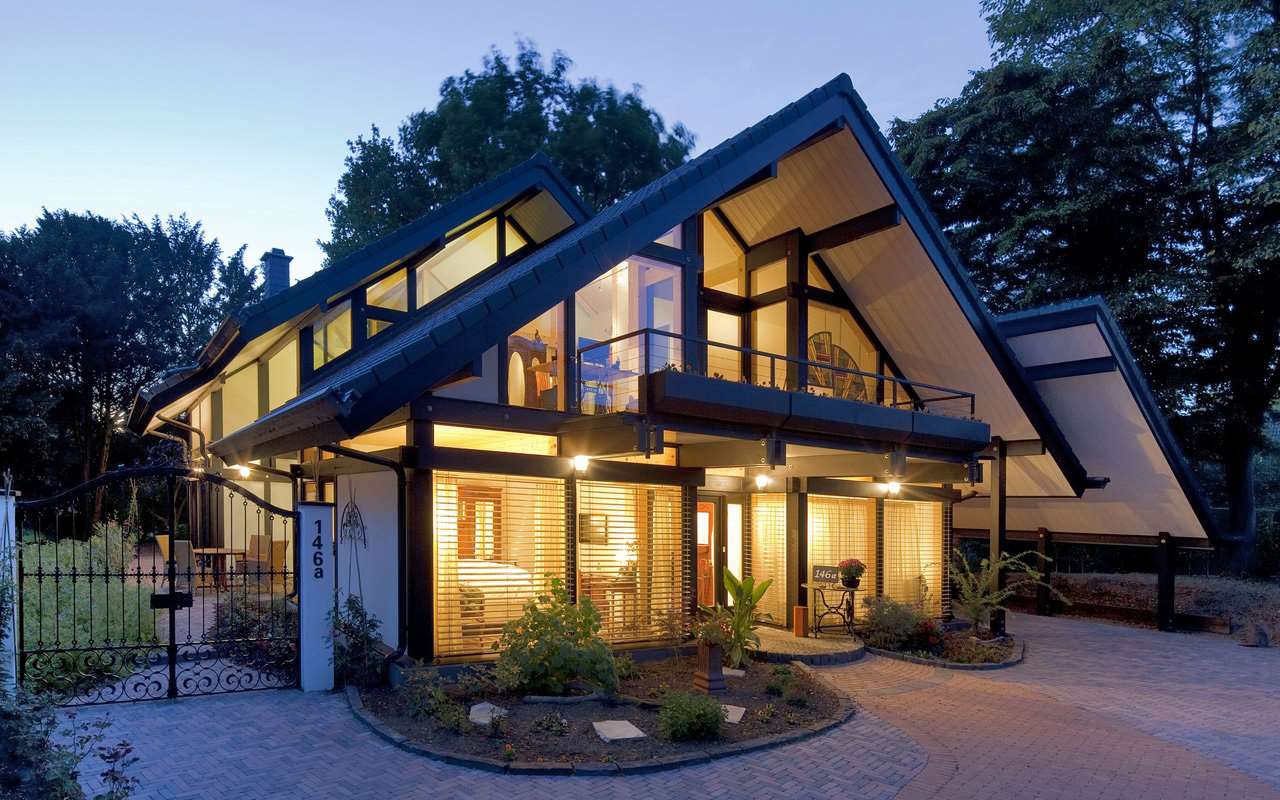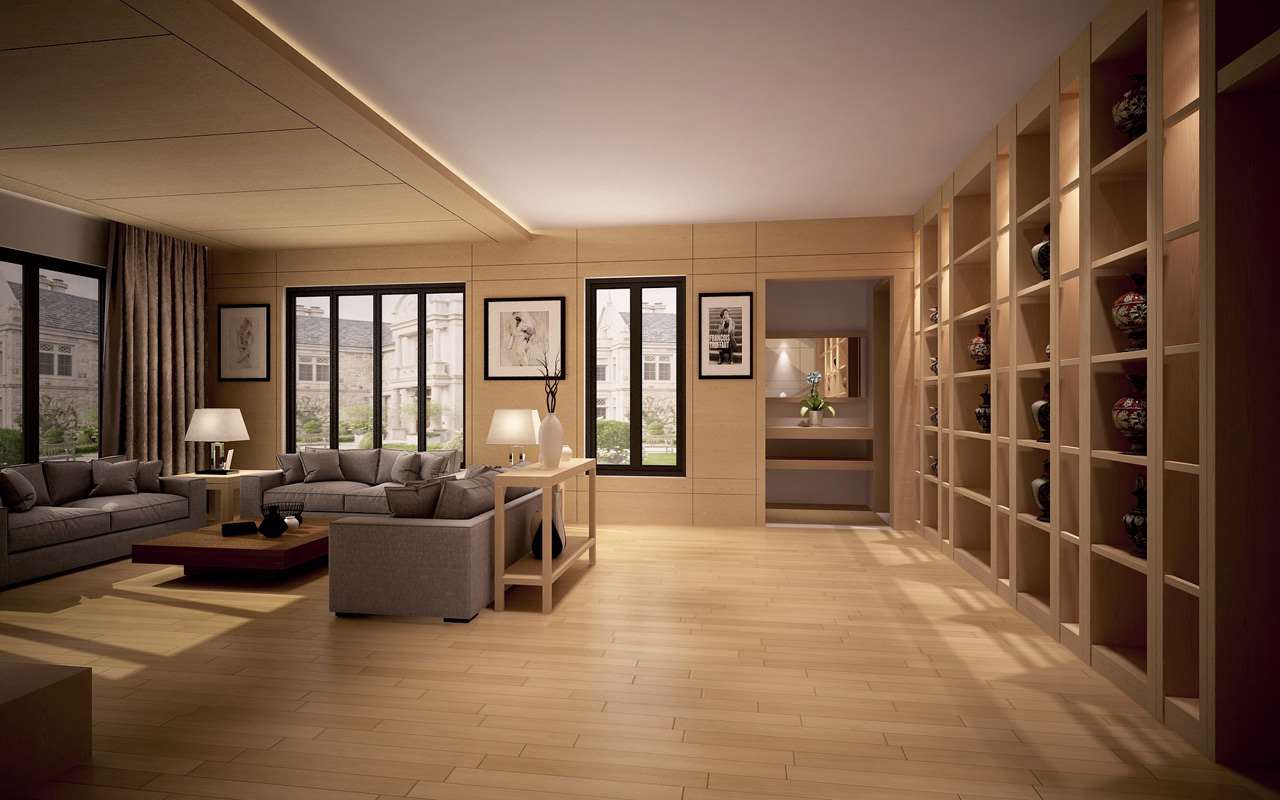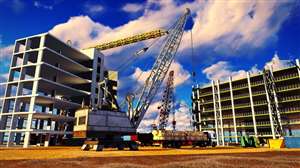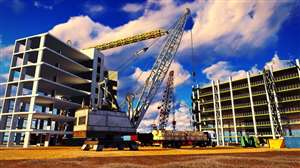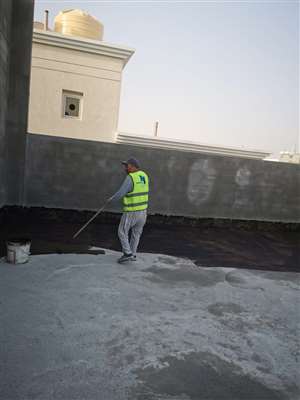During this stage, the client works with the design team to develop a detailed design for the project. This includes selecting materials, colors, and finishes, as well as determining the optimal layout and functionality of the space.
The design process involves creating a visual representation of the project that the client can approve before construction begins.
Once the design is finalized, the team moves on to the preparation stage. This involves gathering all the necessary materials, tools, and equipment needed to start construction. The team will use the approved design plan as a guide during this stage to ensure that all necessary materials are ordered and delivered on time. The preparation stage is critical to ensuring that the construction process runs smoothly and efficiently.
Once the design is finalized, construction begins. This involves building and installing various elements, such as Aluminum Works, Carpentry Works, Electrical Works, False Ceiling, Painting Works, Plumbing Works, and Tiling Works. The construction finishing team will work diligently to ensure that all work is done to the highest standard, with a focus on quality workmanship, safety, and efficiency.
After the initial construction is complete, the team will review the work done so far to ensure that everything is up to the client's standards. This may involve making adjustments to the design or addressing any issues that arose during construction. The revision stage is critical to ensuring that the final product meets the client's needs and exceeds their expectations.
he final stage of the construction finishing process involves the final touches that bring the project to completion. This can include painting, installing fixtures and appliances, and cleaning the space. The goal is to create a finished product that is not only aesthetically pleasing but also functional and ready to be used by the client. The finishing stage is where the vision for the project truly comes to life, and the client can see the fruits of their labor.

